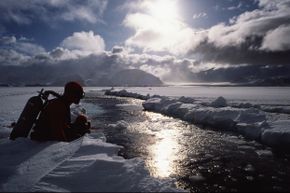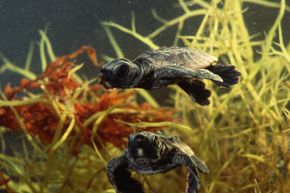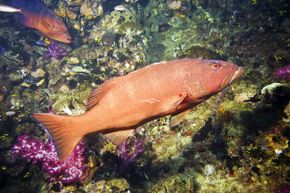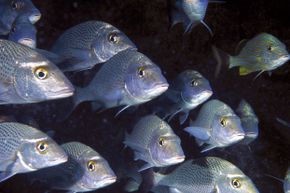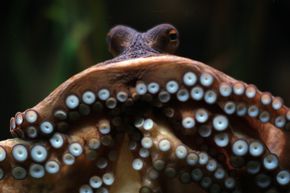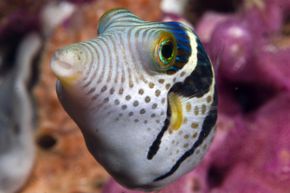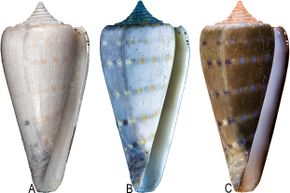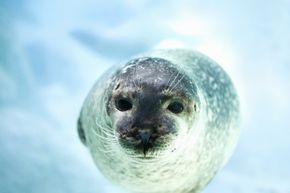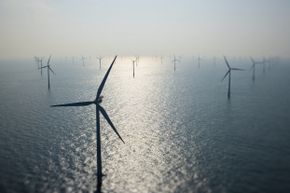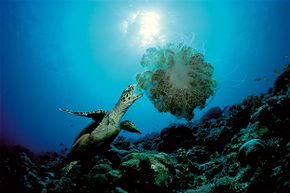The world's oceans teem with something like 700,000 to 1 million species, up to two-thirds of which biologists have never named or characterized [source: Appeltans et al.]. But even the species with which we are best acquainted -- the clams and trout we eat, the jellyfish we fear and the puffer fish that we fear and eat -- retain the power to surprise.
All of these unknown creatures underscore the challenges that marine biologists face, the most obvious of which is access. Perhaps a species dives too deeply or wanders off into the oceanic unknown for decades at a time. Possibly, it makes sounds too faint to pick up or only reveals its true colors within strange visual wavelengths. And of course, the complex interplay between human fishing, hunting and technology, and the fauna of the world's seas and oceans, provides its own unique issues. (Think redistribution of invasive species through vehicles of international trade, or the impact of boat engine sounds on some sea life.)
Advertisement
But the steady stream of new facts about species both familiar and strange testifies to the march – or swim -- of progress in the field. To help you get your feet wet, we've selected an Admiral's sampler of recent discoveries, and it won't cost you so much as a ride with a mad submarine captain. Enjoy.
